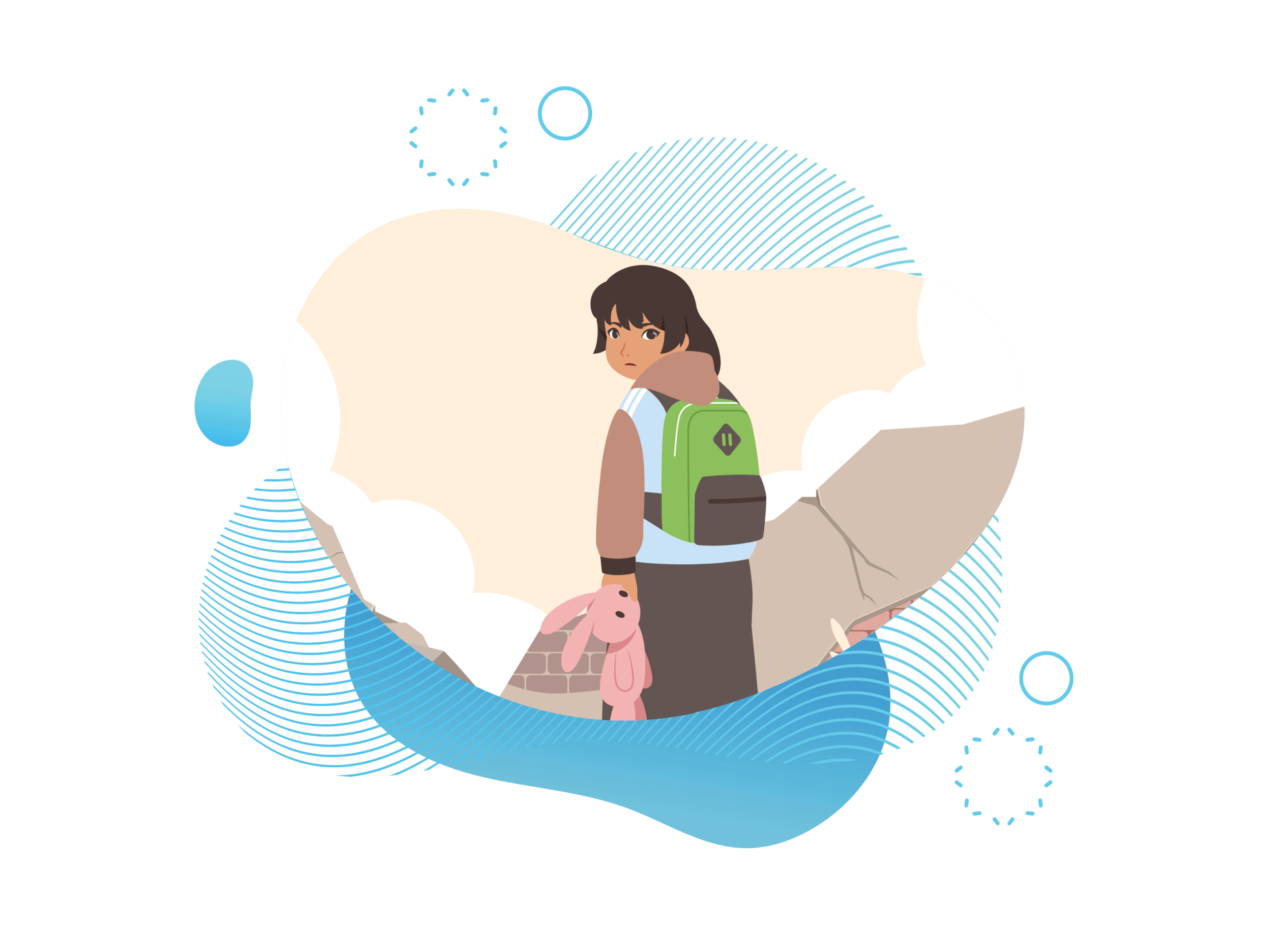The EduChild Project

Children and adolescents today are enrolled in pre-primary, primary and secondary education than ever before. Yet, for many of them, schooling does not lead to learning. A lack of trained teachers, inadequate learning materials, makeshift classes and poor sanitation facilities make learning difficult for many children. Others come to school too hungry, sick or exhausted from work or household tasks to benefit from their lessons. The consequences are grave: Thousands of children and adolescents worldwide cannot reach minimum proficiency levels in reading and mathematics – even though two-thirds of them are in school. This learning crisis is the greatest challenge in preparing children and adolescents for life, work and active citizenship.
Moreover, roughly one in five children are not in school at all. Children and adolescents are excluded from education for many reasons. Poverty remains one of the most obstinate barriers, with children from the poorest households almost five times more likely to be out of primary school than those from the richest. Children with disabilities and ethnic minorities are also more likely to be left behind.
Education opportunities can be minimal for girls in some parts of the country. Harmful gender norms can have severe effects on boys, too. The location also keeps children from school. Children from rural areas are more than twice as likely to be out of primary school than their urban peers. Without skills for lifelong learning, children face greater barriers to earning potential and employment later in life. They are more likely to suffer adverse health outcomes and less likely to participate in the decisions that affect them – threatening their ability to build a better future for themselves and their communities.
All children have the right to go to school and learn, regardless of who they are, where they live or how much money their family has. Quality learning requires a safe, friendly environment, qualified and motivated teachers, and instruction in languages students can understand. It also requires that learning outcomes be monitored and fed back into schooling.
V Save a Life Foundation works to build a culture in which every child learns, which includes making targeted efforts for children who are excluded based on gender, disability, poverty, ethnicity and language, as well as those displaced or affected by emergencies.